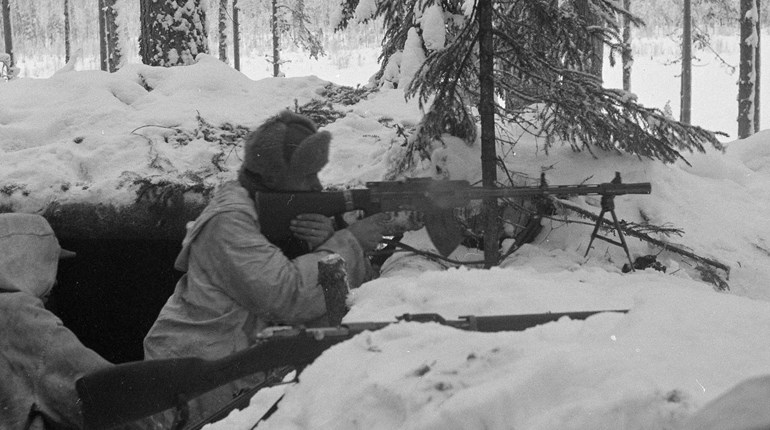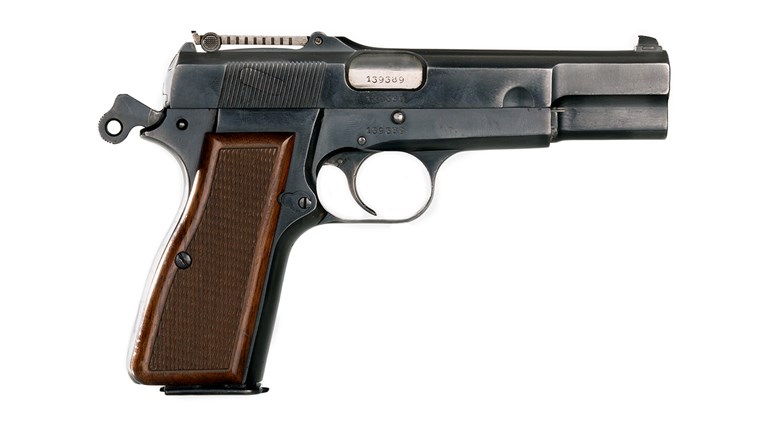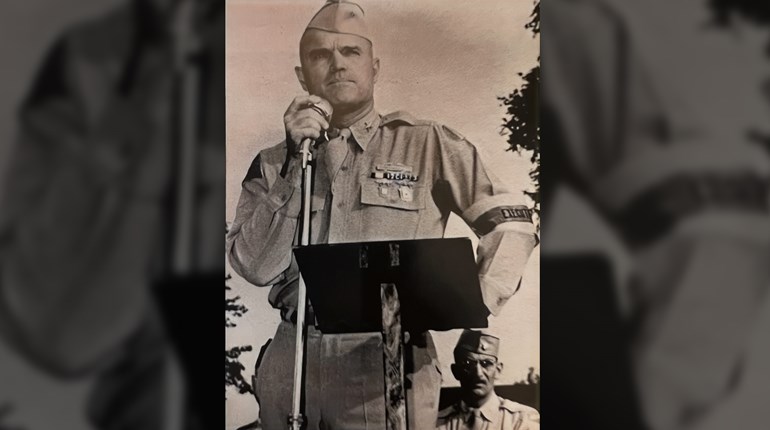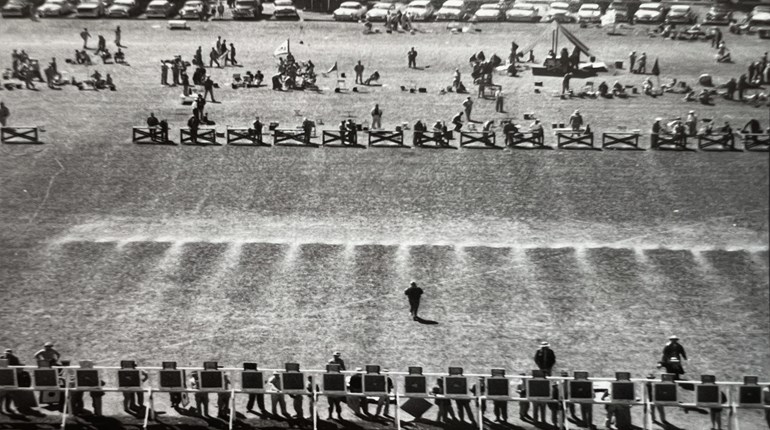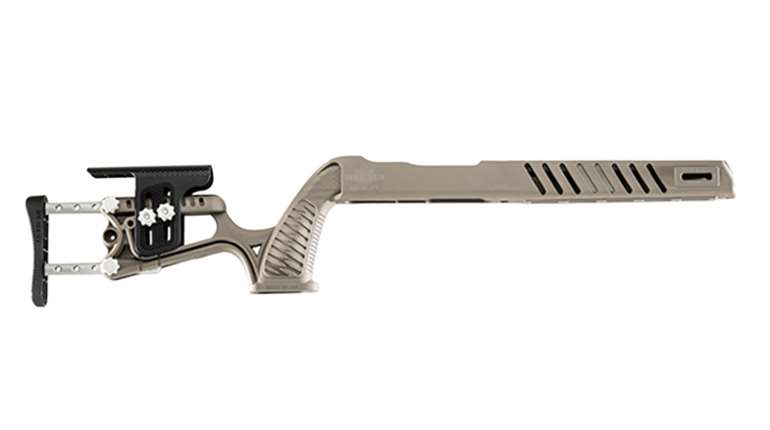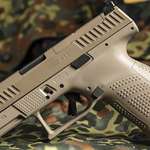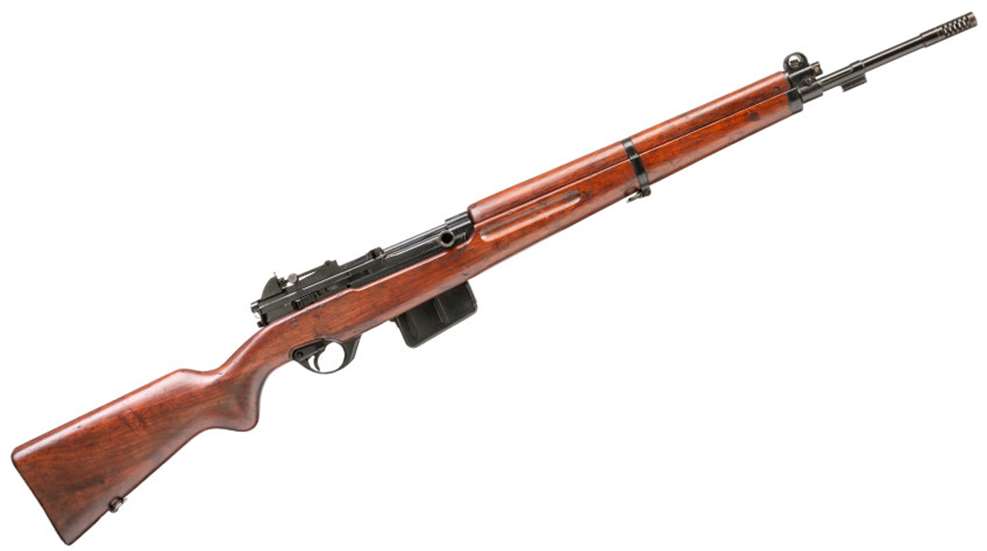
During the years before World War II, at a time when numerous countries were attempting to develop a semi-automatic, military-service rifle, Dieudonné Joseph Saive created a promising design in what would eventually become known as the FN-49. As Chef de Service at Fabrique Nationale d’Armes de Guerre, he was an experienced and gifted weapon designer who had previously worked as John M. Browning’s assistant.
His gas-piston-operated, semi-automatic rifle design was patented in 1936 and followed by a prototype in 1937. As work proceeded through 1938, a five-round version was scheduled for release the following year, but the political situation in Europe was quickly becoming volatile. In 1939, the Germans invaded Poland and the war began. As a direct result, FN Herstal increased production of bolt-action rifles and machine guns in a move that put the development of a semi-automatic rifle on the back burner.
Then in 1940, the Germans invaded the Netherlands, Luxembourg, France and Belgium, capturing the Liège area and the FN factory compound in Herstal on May 12. Saive slipped out of the country before the enemy got there and made his way to England via Portugal. It was there, while living in exile, that he continued work on his semi-auto rifle.
By 1943, it was a clip-loading, five-round version chambered for the 7.92x57 mm Mauser cartridge and designated “EXP-1” (“SLEM-1”/”Self-Loading Experimental Model 1” according to some sources). This improved version showed even more promise than the pre-war prototype, which is why the Royal Small Arms Factory at Enfield expressed serious interest in it by ordering 50 rifles for test and evaluation. When testing concluded favorably, an order was placed for 2,000 EXP-1/SLEM-1 semi-automatics, but as the end of the war neared, the contract was canceled.

In September 1944, Allied forces liberated Belgium and Saive was able to return to Herstal. Back at the FN factory, he continued working on his semi-automatic rifle with renewed energy. By then it had become a 43.5-inch long, stripper-clip-fed 10-shot weighing 9 pounds, 8 ounces with a 23.2-inch barrel and handsome walnut furniture. In 1947, the design had been finalized and the time had come to market it to customers. Venezuela placed the first order for 2,000 rifles on March 31, 1948, followed by Egypt on May 30. While the rifle was being referred to initially as the SAFN (“Semi-Automatic Fabrique Nationale”), when delivery of the Venezuelan and Egyptian guns began in 1949, the designation FN-49 came into common use. Eventually, Luxembourg, Argentina, Indonesia, the Congo and Colombia ordered it, but the most prolific user by far was the Kingdom of Belgium, with 87,777 units.
One of the many positive attributes of the rifle is the fact that it could be adapted to chamber different cartridges. Thus, the FN-49 was ultimately factory produced in four different chamberings: 7.92x57 mm for Egypt, 7x57 mm for Venezuela and .30-‘06 Sprg. for Luxembourg, Colombia, Indonesia and Belgium. In July 1953, Argentina ordered 5,536 FN-49s in 7.65x53 mm for its Navy, but then domestically converted them to 7.62 NATO with a proprietary, detachable-box magazine that came in both 10- and 20-round capacities.

The FN-49 was used in combat in the Korean War during the early 1950s, the Suez Crisis in 1956, the Congo Crisis during the early 1960s and the Dominican Civil War in 1965. In its final appearance as a military-service rifle, Argentine Marines carried some of their 7.62 NATO conversions to the Falkland Islands more than two decades after production ended in 1961. FN produced 176,000 examples of this fine rifle that is now consigned to the world of collecting and recreational shooting.
It has been called the last elegant, old-world military rifle because of its debut toward the end of an era, but it deserves to be recognized as something more than just a relic. It laid the engineering groundwork for a successor that would define the modern battle rifle. When Dieudonné Saive moved on to his next project, he would build on and improve his FN-49, a rifle that, had it not been for unfortunate timing, could have written itself more meaningfully into the history of military small arms. Although it did not achieve a broad legacy, it did eventually lead to what many consider the ultimate battle rifle—the mighty FN FAL—but that is a subject for another day.












